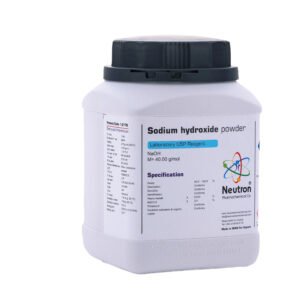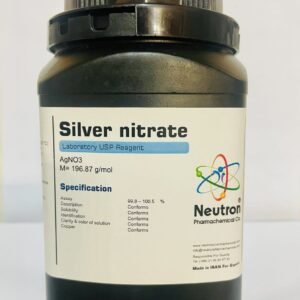Glacial acetic acid is the nearly pure, water free (anhydrous) form of acetic acid, recognizable by its clear, colorless appearance that solidifies into ice-like crystals just below room temperature (at around 16.6 °C).
🏭⚗️ Production
Industrially, acetic acid—including its glacial form—is produced primarily via the methanol carbonylation process using catalysts, such as rhodium- or cobalt-catalyzed methods. Historically, it was extracted from wood distillation products, purified via calcium acetate intermediates. To obtain the glacial form, acetic acid is further purified and dehydrated to minimize water content.
🔬 Properties
Glacial acetic acid is a colorless liquid that freezes slightly below room temperature, forming ice-like crystals. It is highly pure (often >99%), consisting of less than 0.1% water; the presence of even this small amount can slightly lower its melting point. As a weak organic acid, it is corrosive, especially at concentrations above 25%, and can solidify at cooler temperatures.
🧪 Applications
Glacial acetic acid serves as a key solvent and reagent in analytical chemistry—especially for titrations and as a medium for reactions involving weak bases. It is also used as a chemical intermediate in producing acetate esters, PET plastics, coatings and adhesives. In the food industry, although not used directly, it is diluted to produce food-grade acetic acid for preservation and flavoring.





